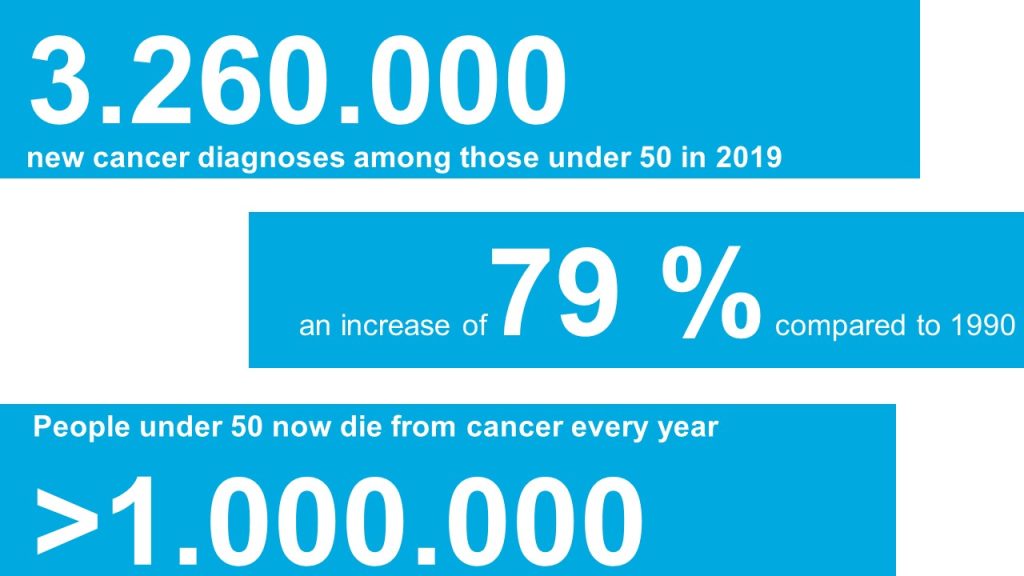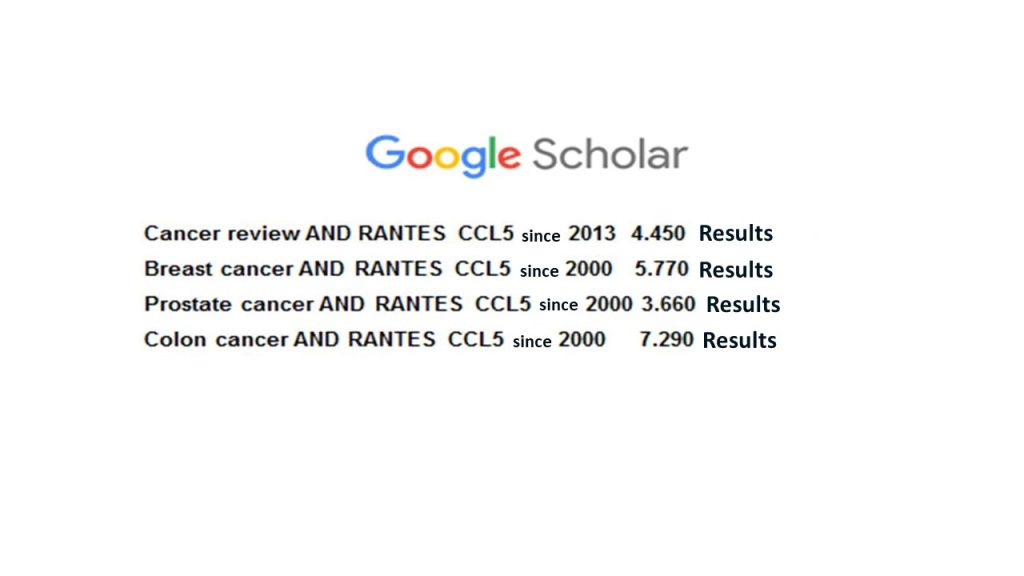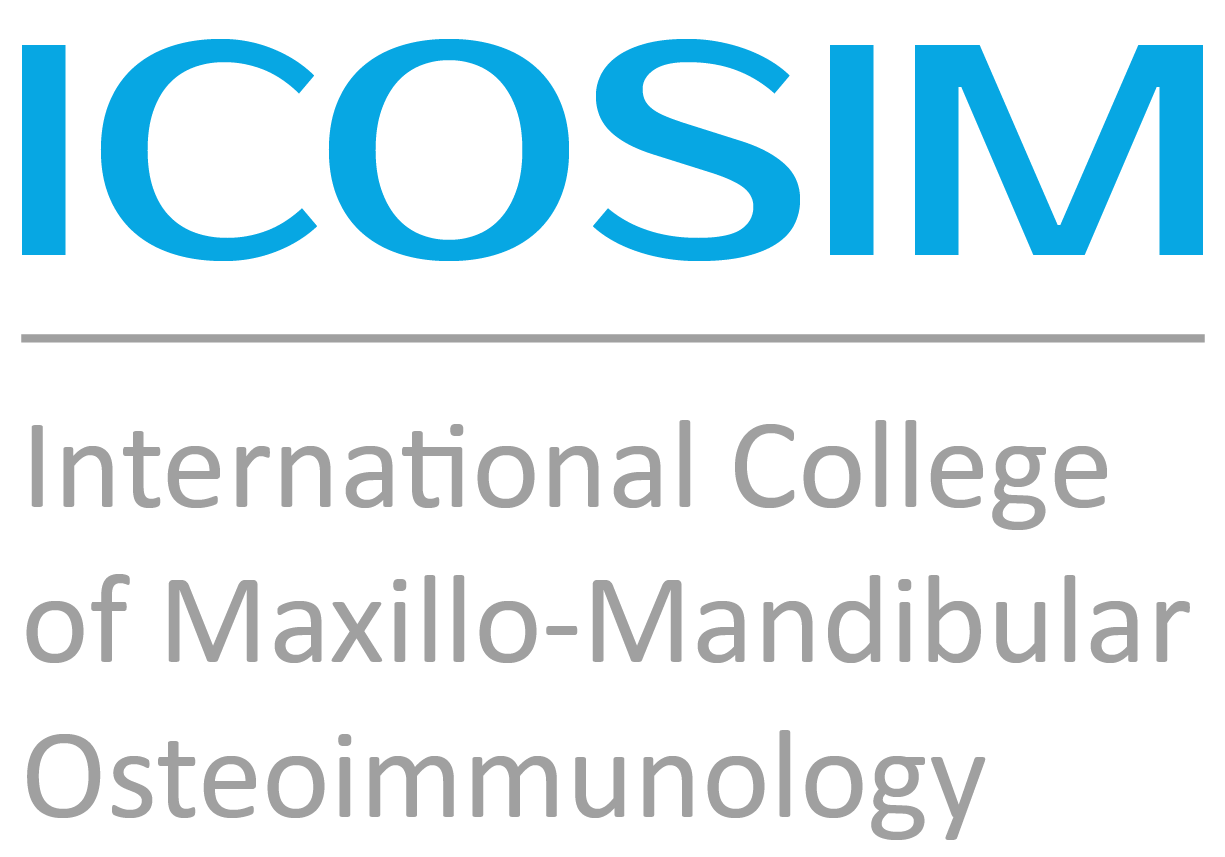Dear friends of ICOSIM and jawbone osteoimmunology,
- I am pleased to share a new PubMed publication by CaviTAU® users and RANTES/CCL5 Jawbone Detox®–remediators „ Reduction of Inflammatory RANTES/CCL5 Serum Levels by Surgery in Patients with Bone Marrow Defects of the Jawbone“
I am glad if you like the paper.
- On the not so unproblematic topic of CANCER, today I am putting together three scientific facts and – fourth – the conclusion from them on osteoimmunology of the jaw and CaviTAU®. That our approach to RANTES/CCL5 remediation and the detection of the sources in the jaw is correct, as shown by the above scientific publication.
Startling scientific statistic: cancer cases in under-50s worldwide up nearly 80% in three decades, study finds

More than one million people under the age of 50 die from cancer each year, and the number is expected to increase by another 21% by 2030. The number of global cases of early-stage cancer has increased from 1.82 million in 1990 to 3.26 million in 2019, while cancer deaths among adults aged 40, 30 years or younger increased by 27%.
More than one million people under age 50 now die of cancer each year, the study found.
The authors of the study, published in BMJ Oncology, note that poor diet, alcohol and tobacco use, physical inactivity and obesity are likely contributing factors.
“Since 1990, incidence and deaths from early-stage cancers have increased substantially worldwide,” the report states. “Promoting healthy lifestyles, including a healthy diet, limiting tobacco and alcohol use, and adequate outdoor exercise, could reduce the burden of early-stage cancer.”
The recent study, led by the University of Edinburgh in Scotland and Zhejiang University School of Medicine in Hangzhou, China, was the first of its kind to examine the issue on a global scale and risk factors for younger adults. Most of the previous studies focused on regional and national differences. In this global study, researchers analyzed data from 204 countries on 29 cancer types.
In 2019, a total of 3.26 million new cancer diagnoses were made among those younger than 50 years, a 79% increase from 1990. Breast cancer was the most common cancer and the most common cause of death, with 13.7 and 3.5 cases per 100,000 of the global population, respectively.
In 2019, a total of 1.06 million people under the age of 50 died from cancer, a 27% increase from 1990. After breast cancer, most deaths were associated with cancers of the trachea, lung, stomach, and intestine.
Based on trends observed over the past three decades, researchers estimate that the number of new cancer cases and associated deaths worldwide will increase by another 31% and 21%, respectively, by 2030, with people in their 40s most at risk.
Dr. Claire Knight, a senior health information manager at Cancer Research UK who was not involved in the study, said it is not yet clear what is driving this trend and urged caution. “If people are concerned about their cancer risk, there are many ways to reduce it, such as not smoking, eating a balanced diet, getting plenty of exercise and staying safe in the sun.
Fact #2: Cancer and RANTES / CCL5

Fact #3: RANTES / CCL5 and CaviTAU®
Research shows that conspicuous bone softening in the jaw (FDOJ) is a common, almost epidemic phenomenon in old extraction and implant sites. Please refer to:
- Lechner J, von Baehr V. RANTES and fibroblast growth factor 2 in jawbone cavitations: triggers for systemic disease? Int. Jour. of General Medicine; 2013:6 Pages 277 – 290, DOI: https://dx.doi.org/10.2147/IJGM.S43852
- Lechner J, von Baehr V. Hyperactivated Signaling Pathways of Chemokine RANTES/CCL5 in Osteopathies of Jawbone in Breast Cancer Patients—Case Report and Research. Breast Cancer: Basic and Clinical Research 2014:8 89–96 DOI. https://doi.org/10.4137%2FBCBCR.S15119
- Lechner J, Schmidt M, von Baehr V, Schick F. Undetected Jawbone Marrow Defects as Inflammatory and Degenerative Signaling Pathways: Chemokine RANTES/CCL5 as a Possible Link Between the Jawbone and Systemic Interactions?. J Inflamm Res. 2021;14:1603-1612. https://doi.org/10.2147/JIR.S307635
- Lechner J, Schulz T, Lejeune B, von Baehr V. Jawbone Cavitation Expressed RANTES/CCL5: Case Studies Linking Silent Inflammation in the Jawbone with Epistemology of Breast Cancer. Breast Cancer (Dove Med Press). 2021;13:225-240 https://doi.org/10.2147/BCTT.S29548
The logic from #1 + #2 + #3 yields the ICOSIM proposal for the cancer question:
- Wouldn’t a systematic screening for “Silent Inflammation” in the jaw and thus for potentially cancer-causing RANTES/CCL5 “foci” radiation-free and non-invasive with CaviTAU® ultrasound sonography be a preventive and revolutionary addition to the smoke- and meat-free sedentary life?
- Wouldn’t the systematic search for the causes of cancer development with detection of “silent inflammation” in the jaw with radiation-free ultrasound be the more effective supplement to the much-discussed X-ray mammography?
With this I remain until the next ICOSIM-Weekly with collegial greetings.
Yours
Hans Lechner




